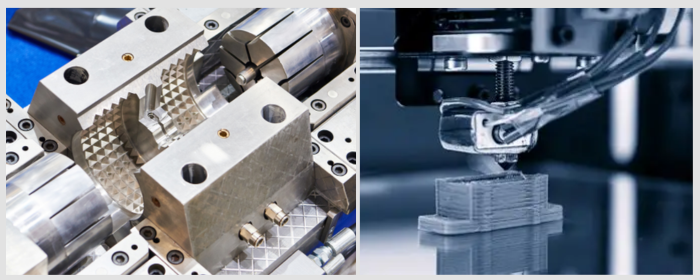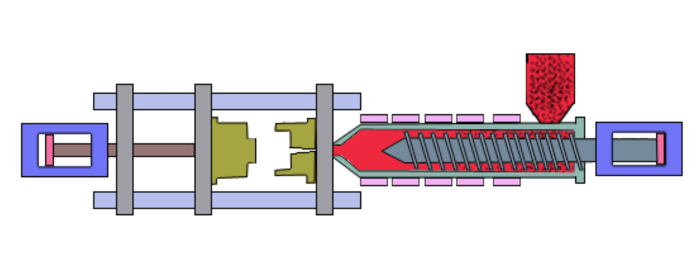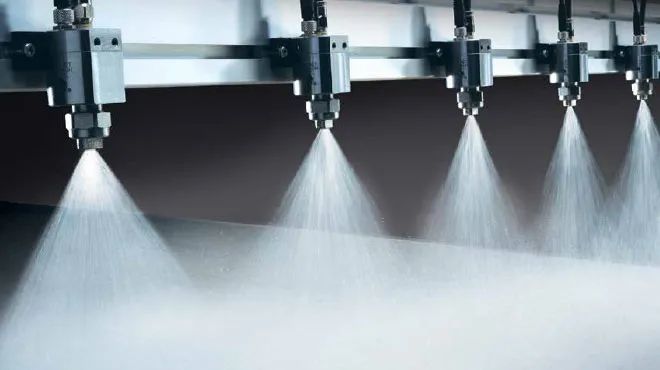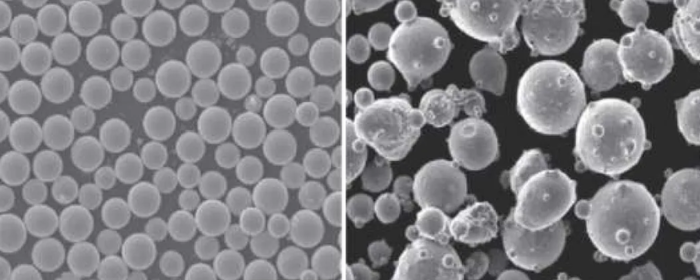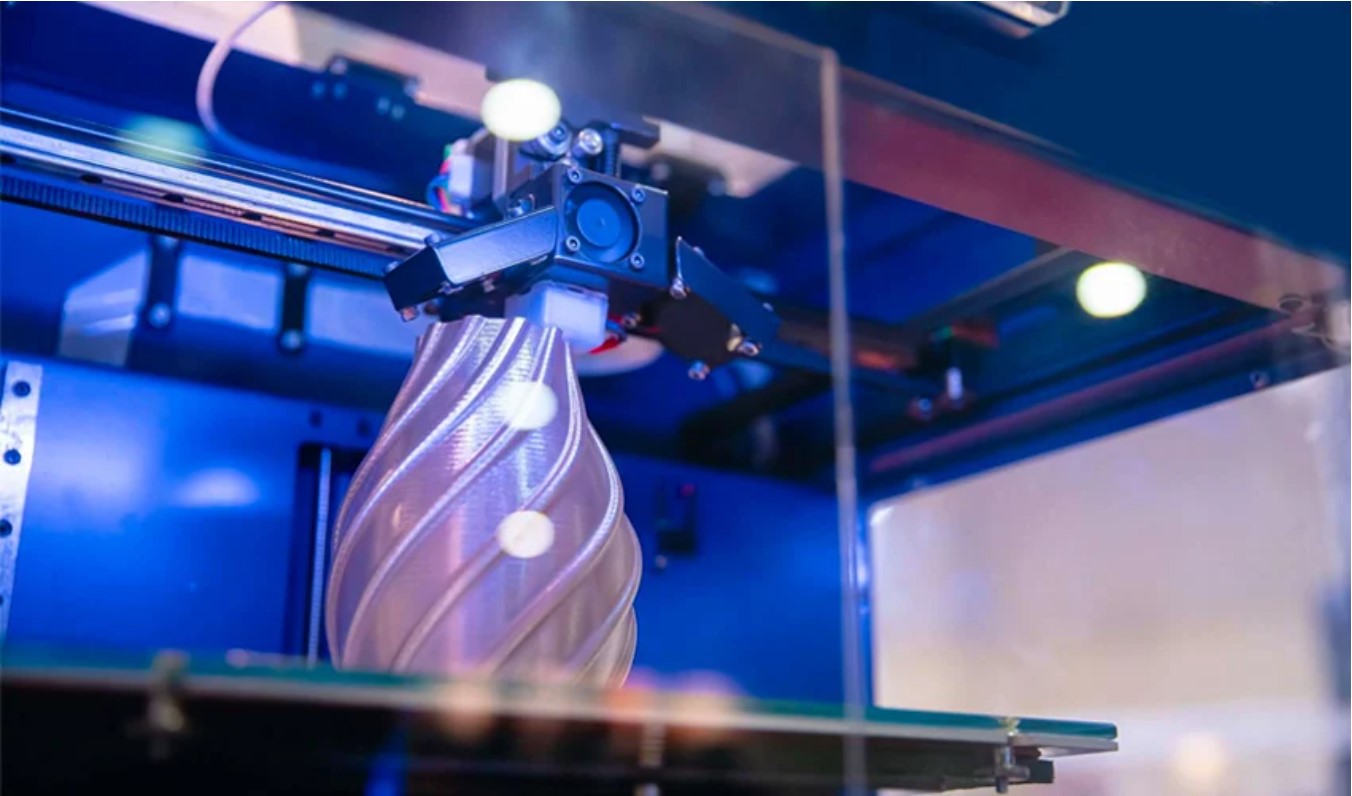

Spherical powder is the cornerstone of additive manufacturing, commonly known as 3D printing, playing a pivotal role in determining the quality and precision of the final products. Its importance stems from its unique properties, such as excellent flowability and uniform packing density, which are essential for producing high-quality prints with intricate details and minimal defects.
The development of 3D printing technology, especially in the metal sector, has made spherical powder even more critical. As metal 3D printing continues to advance rapidly, driven by innovations in aerospace, automotive, and medical industries, the demand for spherical metal powder is expected to soar. This growth is not just a trend but a reflection of the powder's indispensable role in pushing the boundaries of what 3D printing can achieve, making it a key focus area for research and industrial investment.
Spherical powders refer to materials composed of tiny particles that are nearly spherical. Compared to powders with irregular shapes, spherical powders have more symmetrical and regular particle shapes. This geometric form provides spherical powders with unique advantages in industrial and manufacturing processes. Spherical powders are widely used in additive manufacturing (3D printing), powder metallurgy, metal injection molding (MIM), and thermal spraying.
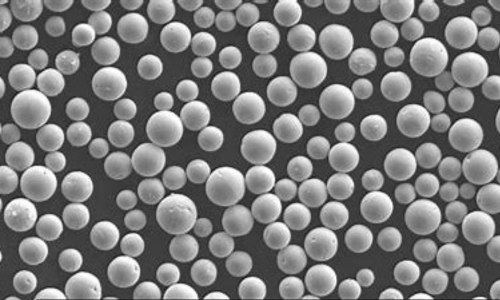
Fig 1. C103 Spherical Powder
Spherical powder is the most ideal material shape for 3D printing because it offers many advantages.
.png)
Fig 2. Spherical powders and irregular powders
Additive manufacturing is the most widely used field of spherical powder. Apart from this, spherical powder is also used in various other industries due to its unique advantages.
Spherical powders are also suitable for various processing techniques, including laser melting, plasma spraying, etc., allowing them to perform exceptionally well across different manufacturing processes.
The table below shows the main parameters that have a significant influence on the powder properties.
Table 1. Key Parameters of Metal Powders
|
Key Parameter |
Explanation |
|
Particle Size |
The average size of the powder particles. Particle size directly affects the powder's flowability, packing density, and sintering behavior. |
|
Particle Size Distribution |
Refers to the range of particle sizes. A narrow particle size distribution typically provides more consistent processing performance and better product quality. |
|
Sphericity |
Sphericity measures how close the powder particles are to a perfect sphere. High sphericity usually means better flowability and higher packing density, which are particularly important in additive manufacturing and powder metallurgy. |
|
The density of the powder when it is naturally packed. |
|
|
Tap Density |
The density of the powder after it has been vibrated or compacted. These density metrics influence the packing behavior of the powder and the final product's density. |
|
Flowability |
The powder's ability to flow determines whether it can be evenly distributed during mold filling, spraying, or 3D printing. Better flowability makes the powder easier to handle. |
|
Oxygen Content |
The oxygen content in metal powder affects its chemical stability and mechanical properties. Higher oxygen content can cause the material to oxidize more easily during processing, reducing product performance. |
|
Purity |
The chemical purity of the powder directly impacts the quality of the final product. High-purity powder reduces defects caused by impurities, improving the mechanical properties and corrosion resistance of the product. |
|
Sintering Performance |
The ability of powder particles to bond during sintering. Sintering performance depends on the powder's chemical composition, surface condition, and particle morphology. |
Powder preparation process is very important for determining the shape, particle size, and purity of spherical powders. We need to identify the major methods of powder preparation and a series of challenges faced during the process.
In order to meet the requirements of 3D printing equipment and processes, metal powders must have low oxygen and nitrogen content, good sphericity, narrow particle size distribution range, and high bulk density. Therefore, it is particularly important to study the preparation of metal spherical powders.
1. Gas Atomization (GA)
Gas atomization utilizes inert gas at high speeds to atomize liquid metal, which then condenses into spherical powder. Depending on the heat source, gas atomization can be further divided into Electrode Induction Melting Gas Atomization (EIGA) and Plasma Inert Gas Atomization (PIGA).
The use of inert gas prevents product oxidation and avoids environmental contamination. In the EIGA process, pre-alloyed rods in electrode form are induction melted and atomized without the use of a melting crucible.
The resulting powders typically have a wide particle size distribution, with most particles being fine. However, due to different cooling rates based on particle size, hollow structures may form, leading to uneven powder shapes and potential negative impacts on subsequent applications.
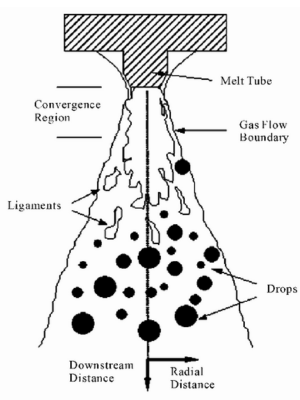
Fig 3. Principle of Gas Atomization (GA)
2. Plasma Rotating Electrode Process (PREP)
PREP is a centrifugal atomization technique commonly used to produce high-purity spherical titanium powder. The basic principle involves melting the end face of a consumable electrode with a plasma arc, creating a liquid film that is rapidly ejected under centrifugal force to form droplets. These droplets then spheroidize under surface tension and solidify into spherical powder.
PREP offers high purity due to the use of a consumable electrode and avoids the formation of hollow or satellite particles. However, the particle size distribution is relatively narrow (mainly between 50-150μm), and the yield of fine powder is low.
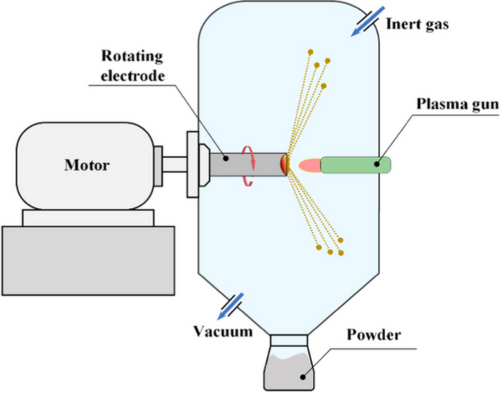
Fig 4. Principle of Plasma Rotating Electrode Process
3. Plasma Wire Atomization (PA)
In plasma wire atomization, high-purity metal or alloy wire is used as raw material, and a plasma gun serves as the heat source. The wire is instantly melted by the plasma and simultaneously atomized by the high-temperature gas, forming small droplets that spheroidize under surface tension and cool into spherical particles.
The PA process offers high traceability and good control over particle size. The resulting powder typically has a narrow particle size distribution (average around 40μm), high fine powder yield (80%), and minimal satellite particles. It also boasts high purity (low oxygen, no inclusions), high sphericity, excellent flowability, apparent density, and tap density.
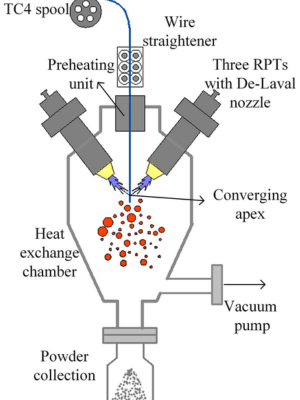
Fig 5. Principle of Plasma Wire Atomization
4. Radio Frequency Plasma Spheroidization
Radiofrequency plasma spheroidization uses RF electromagnetic fields to induce heating in various gases (mostly inert), creating a plasma that melts non-spherical powders. These powders then pass through a steep temperature gradient, quickly condensing into small spherical droplets, forming a spherical powder.
Research shows that this process can achieve a powder size range of 20-50μm, with a fine powder yield exceeding 80%.
.png)
Fig 6. Principle of Radio Frequency Plasma Spheroidization
Gas atomization is the most commonly used method for producing spherical metal powders, but it faces several challenges in the production of spherical powders.
1. Particle Size Distribution Control
2. Oxidation Issues
3. Cooling Rate Control:
4. High Energy Consumption and Equipment Costs:
Stanford Advanced Materials is a trusted supplier of spherical powders. We offer high-purity spherical powders of different types and sizes for customers to choose from. Our products adhere to strict quality standards throughout the manufacturing process. Table 2 is our best-selling metal spherical powder.
|
Type |
Purity |
Particle Size |
|
≥99.5 % |
0-15,15-53,45-105,75-150 μm |
|
|
99.9% |
50nm,300nm,1um or customized |
|
|
99.5% |
50nm,500nm,1um or Customized |
|
|
99.9% |
1um,10um,45um or Customized |
|
|
>99.9% |
50nm, 100nm, 1-45um, etc. |
In addition to the above products, click this link for more products: Spherical Powder
In summary, spherical powders offer significant advantages for 3D printing, including superior flowability, high packing density, and enhanced uniformity, making them ideal for precise and reliable manufacturing. However, the preparation of these powders presents challenges such as particle size control, oxidation, and energy efficiency. Addressing these challenges is key to optimizing powder quality, ultimately driving the advancement of 3D printing technologies and expanding their industrial applications.
Related articles:
Plasma Rotating Electrode Process (PREP) and Plasma Atomization (PA): How to Choose
Gas-Atomized Spherical Powders for Additive Manufacturing
Reference:
[1]. Yin, Zhengxin & Yu, Deping & Zhang, Qingbo & Yang, Shengyuan & Yang, Tong. (2021). Experimental and Numerical Analysis of a Reverse-polarity Plasma Torch for Plasma Atomization. Plasma Chemistry and Plasma Processing. 41. 10.1007/s11090-021-10181-8.
[2]. Krishna, Ram & Mohan, Sreenivasan & Lyutyk, Mykola & Barosh, Mykola. (2021). Characterization of Spheroidized Alumina Powders for Ceramic 3D Printing Application. 10.1007/978-3-030-71956-2_20.

